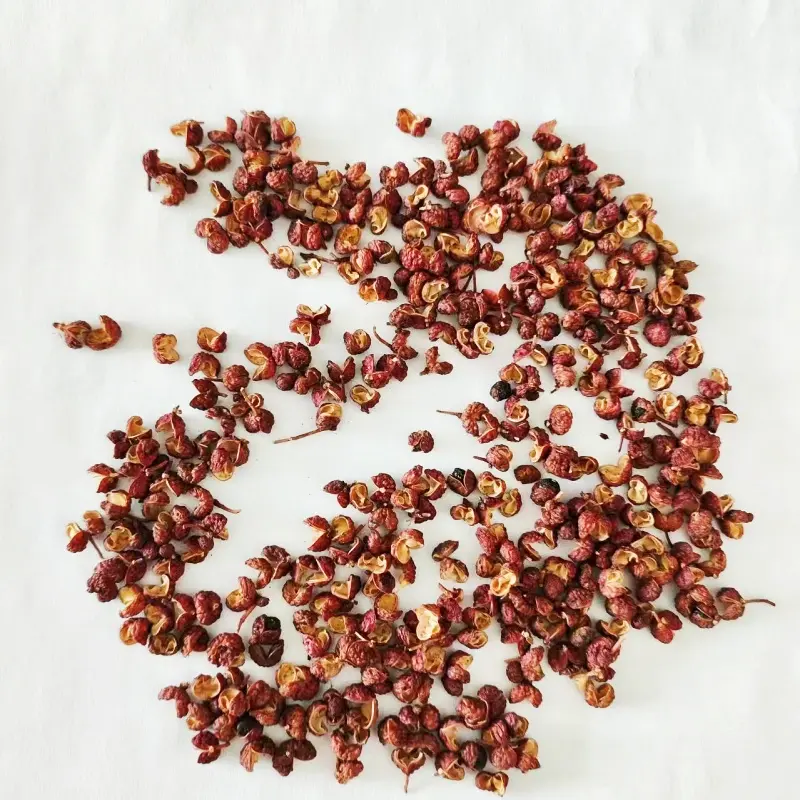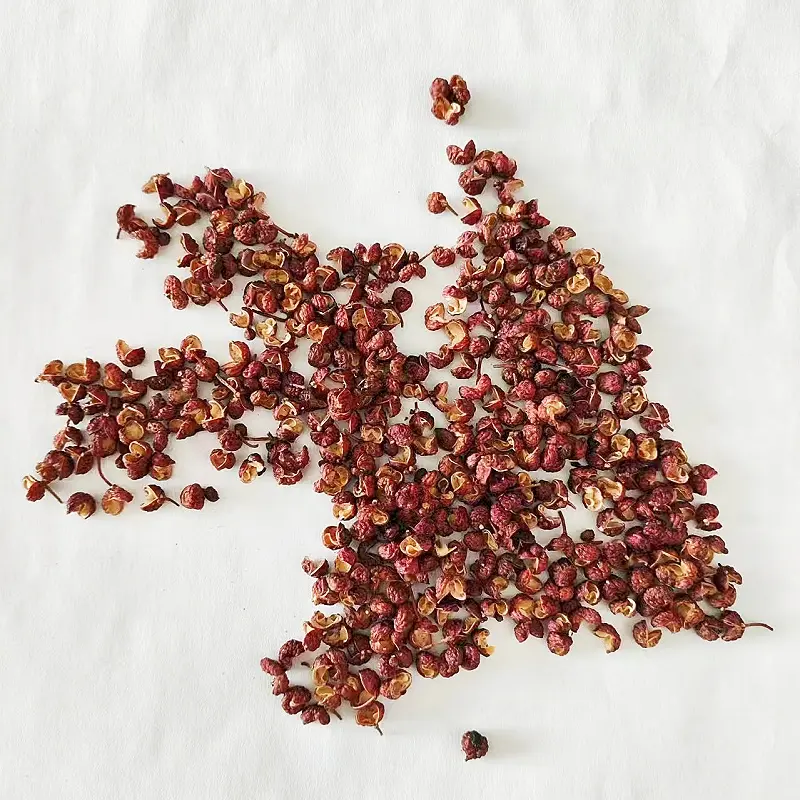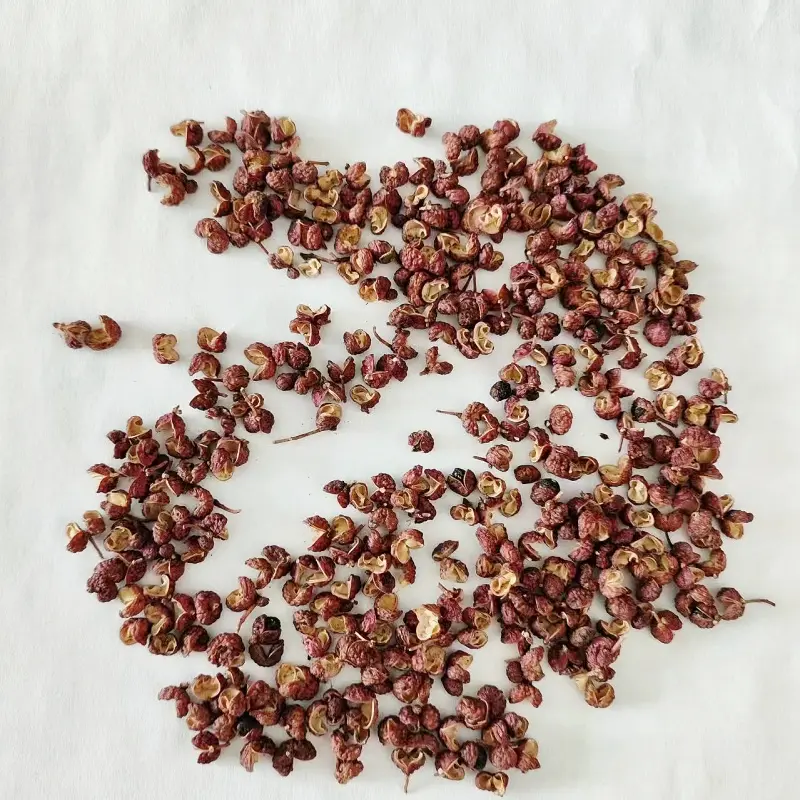Sichuan Peppercorns vs Black Peppercorns
Peppercorns are one of the most commonly used spices in the world. They come in different colors, flavors, and intensities, each with its own unique taste and aroma. Two of the most popular types of peppercorns are Sichuan peppercorns and black peppercorns. In this article, we will compare these two types of peppercorns and explore their differences.

1. Origin and Botany
Sichuan Peppercorns:
Botanical Family: Belongs to the Rutaceae family (citrus family), specifically the Zanthoxylum genus.
Origin: Native to the Sichuan region of China and widely used in East Asian cuisine.
Appearance: Small, reddish-brown husks with a slightly wrinkled exterior. The peppercorns open to reveal small black seeds, but the seeds are not typically consumed due to their bitter taste.
Black Peppercorns:
Botanical Family: Belongs to the Piperaceae family, specifically the Piper nigrum species.
Origin: Native to South India but now grown in many tropical regions, including Vietnam, Indonesia, and Brazil.
Appearance: Small, black, wrinkled berries that are fully matured and dried. They have a hard outer shell and are round in shape.

2.Flavor Profile
Sichuan Peppercorns:
Flavor: Unique and known for its numbing, tingling sensation on the tongue, often described as "麻" (má in Chinese). It has a citrusy, floral aroma with hints of lemon and wood.
Taste: Not spicy in the traditional sense, but imparts a cooling, tingly sensation and enhances the flavor of other ingredients.
Black Peppercorns:
Flavor: Characterized by a spicy, pungent, and earthy flavor with heat that can be described as warm and biting.
Taste: Spicy with a strong, robust heat that can vary depending on the variety and region where it is grown. It adds sharpness to dishes and is commonly used as a universal seasoning.

3. Culinary Uses
Sichuan Peppercorns:
Cuisine: Essential in Sichuan cuisine and is a key ingredient in dishes like mapo tofu, kung pao chicken, and hot pot. It is also used in Chinese five-spice powder and mala sauces.
Usage: Often toasted lightly to release its aromatic oils before being ground or used whole. It pairs well with chili peppers to create the famous mala (numbing and spicy) flavor profile.
Black Peppercorns:
Cuisine: A versatile spice used in global cuisines, including European, Indian, and Southeast Asian dishes. It’s a staple on most dining tables.
Usage: Typically used whole, crushed, or ground. It can be added during cooking for a deeper flavor or used as a finishing spice for an extra punch of heat.

4.Health Benefits
Sichuan Peppercorns:
Rich in Antioxidants: Contains compounds like limonene that may help combat oxidative stress and inflammation.
Digestive Aid: Traditional Chinese medicine uses Sichuan peppercorns to stimulate digestion and improve appetite.
Pain Relief: The numbing effect can help relieve minor pain and discomfort in traditional practices.
Black Peppercorns:
Piperine Content: Contains piperine, a compound that can enhance the absorption of certain nutrients, such as curcumin from turmeric.
Anti-inflammatory: Piperine has potential anti-inflammatory properties and may aid in digestive health.
Metabolism Booster: It is believed to boost metabolism and may assist with weight management.

5.Price and Availability
Sichuan Peppercorns:
Price: Typically more expensive than black peppercorns due to their unique flavor profile and limited growing regions.
Availability: Commonly found in Asian grocery stores and specialty spice shops. It is becoming more available online as its popularity grows globally.
Black Peppercorns:
Price: Generally more affordable and widely available due to extensive cultivation in many tropical regions.
Availability: Easily found in supermarkets, grocery stores, and online in various forms, from whole to finely ground.

6.Substitution and Pairing
Sichuan Peppercorns:
Substitution: Difficult to replace due to its unique numbing effect, but a mix of lemon zest and black pepper can mimic some of the citrusy flavors without the tingling sensation.
Pairing: Pairs well with chili peppers, garlic, ginger, soy sauce, and star anise.
Black Peppercorns:
Substitution: Can be substituted with white peppercorns for a milder flavor or cayenne pepper for added heat without the earthiness.
Pairing: Complements a wide range of flavors, including salt, garlic, onion, and most herbs like rosemary, thyme, and oregano.
7.Culinary Considerations and Storage
Sichuan Peppercorns:
Storage: Best stored in an airtight container in a cool, dark place to preserve its unique aroma and numbing qualities. Whole peppercorns retain their flavor longer than ground.
Culinary Consideration: It is important to lightly toast Sichuan peppercorns before grinding to release their full flavor. Be careful not to burn them, as this can result in a bitter taste.
Black Peppercorns:
Storage: Store in a sealed container away from light and moisture to prevent it from losing potency. Whole peppercorns remain fresh longer than pre-ground versions.
Culinary Consideration: Adding freshly ground black pepper at the end of cooking preserves its bold, pungent flavor. Cooking it for too long can reduce its sharpness.
Summary Table: Sichuan Peppercorns vs. Black Peppercorns
| Feature | Sichuan Peppercorns | Black Peppercorns |
|---|---|---|
| Botanical Family | Rutaceae (Zanthoxylum) | Piperaceae (Piper nigrum) |
| Flavor Profile | Numbing, citrusy, tingling | Spicy, pungent, earthy |
| Appearance | Red-brown husks, small black seeds | Black, wrinkled berries |
| Uses | Sichuan cuisine, numbing spice blends | Universal seasoning, versatile in cooking |
| Health Benefits | Antioxidants, digestive aid, numbing effect | Anti-inflammatory, enhances nutrient absorption |
| Price | Higher, less common | More affordable, widely available |
| Substitution | Lemon zest + black pepper (for citrus flavor) | White pepper or cayenne (for heat) |
| Storage | Airtight, cool, dry | Airtight, cool, dry |
Composition Comparison: Sichuan Peppercorns vs. Black Peppercorns
| Component | Sichuan Peppercorns | Black Peppercorns |
|---|---|---|
| Main Active Compounds | - Hydroxy-α-sanshool (responsible for numbing sensation) | - Piperine (responsible for spicy heat) |
| - Limonene (citrus aroma) | - Chavicine (contributes to pungency) | |
| - Citronellal (floral and citrus notes) | - Piperidine (alkaloid with a sharp, spicy flavor) | |
| - Sanshoamide (numbing and tingling properties) | - Essential Oils (5-9%): Terpenes like pinene, limonene | |
| Essential Oil Content | - Approximately 3-7% | - Approximately 5-9% |
| Carbohydrates | - Approximately 50-60% (per 100g) | - Approximately 60-70% (per 100g) |
| Protein | - Approximately 5-10% (per 100g) | - Approximately 10-12% (per 100g) |
| Fat | - Approximately 3-5% (per 100g) | - Approximately 2-4% (per 100g) |
| Dietary Fiber | - Approximately 30-35% (per 100g) | - Approximately 25-30% (per 100g) |
| Vitamin C | - Contains small amounts of Vitamin C | - Contains small amounts of Vitamin C |
| Minerals | - Calcium, Potassium, Iron | - Manganese, Iron, Potassium, Calcium |
| Unique Aromatic Compounds | - Geraniol, Citral (contributes to floral and lemony notes) | - Beta-caryophyllene, Myrcene (adds warm, woody notes) |
| Nutritional Value | - Calories: Approximately 250 kcal per 100g | - Calories: Approximately 250-300 kcal per 100g |
Conclusion
While Sichuan peppercorns and black peppercorns both carry the term "pepper" in their names, they are distinct in flavor, origin, and culinary uses. Sichuan peppercorns bring a unique numbing sensation and citrusy aroma that is unmatched in Asian cooking, while black peppercorns are the go-to spice for adding heat and depth to dishes worldwide. Understanding their differences allows cooks and chefs to select the right spice for their culinary creations, enhancing dishes with the right balance of heat, aroma, and flavor.
In conclusion, Sichuan peppercorns and black peppercorns are two distinct types of peppercorns with their own unique flavor, aroma, appearance, origin, and culinary uses. Both have their own set of health benefits and are great additions to any spice rack. Whether you are looking to add some heat and spice to your dishes or want to explore new flavors, these two types of peppercorns are definitely worth trying.





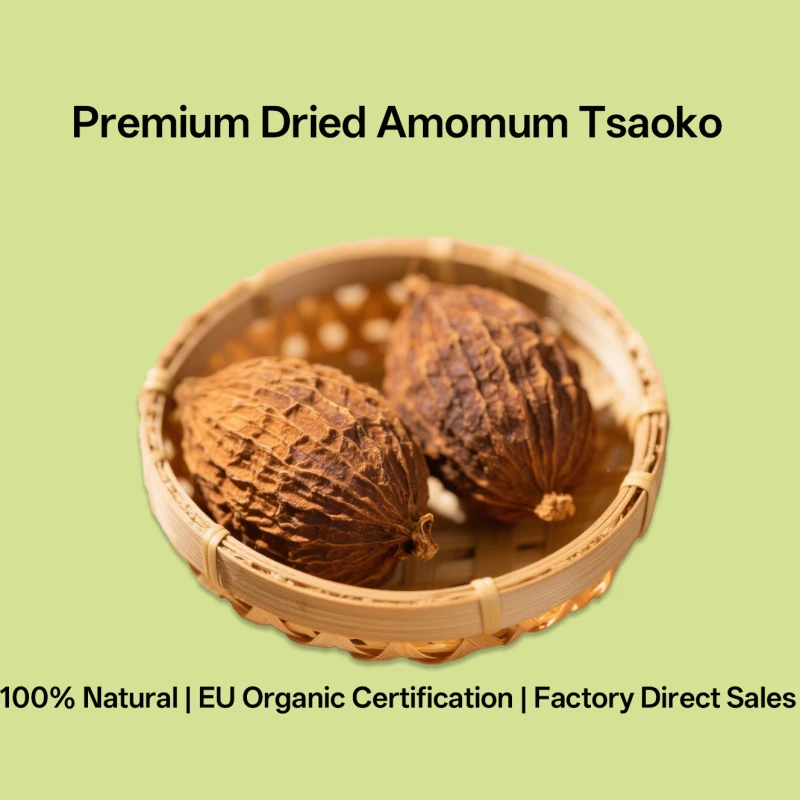
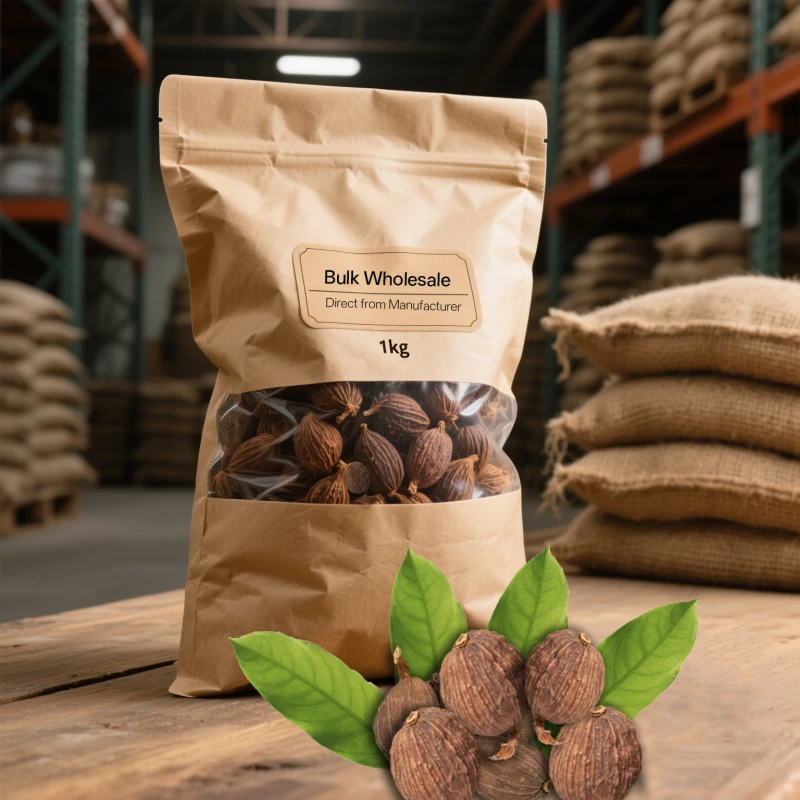
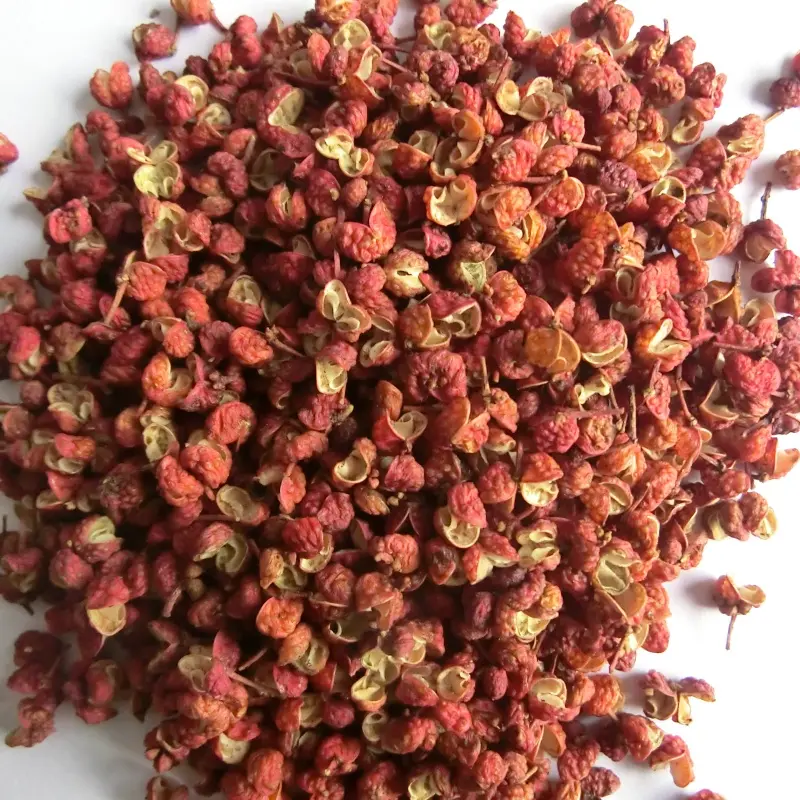
811.webp)

